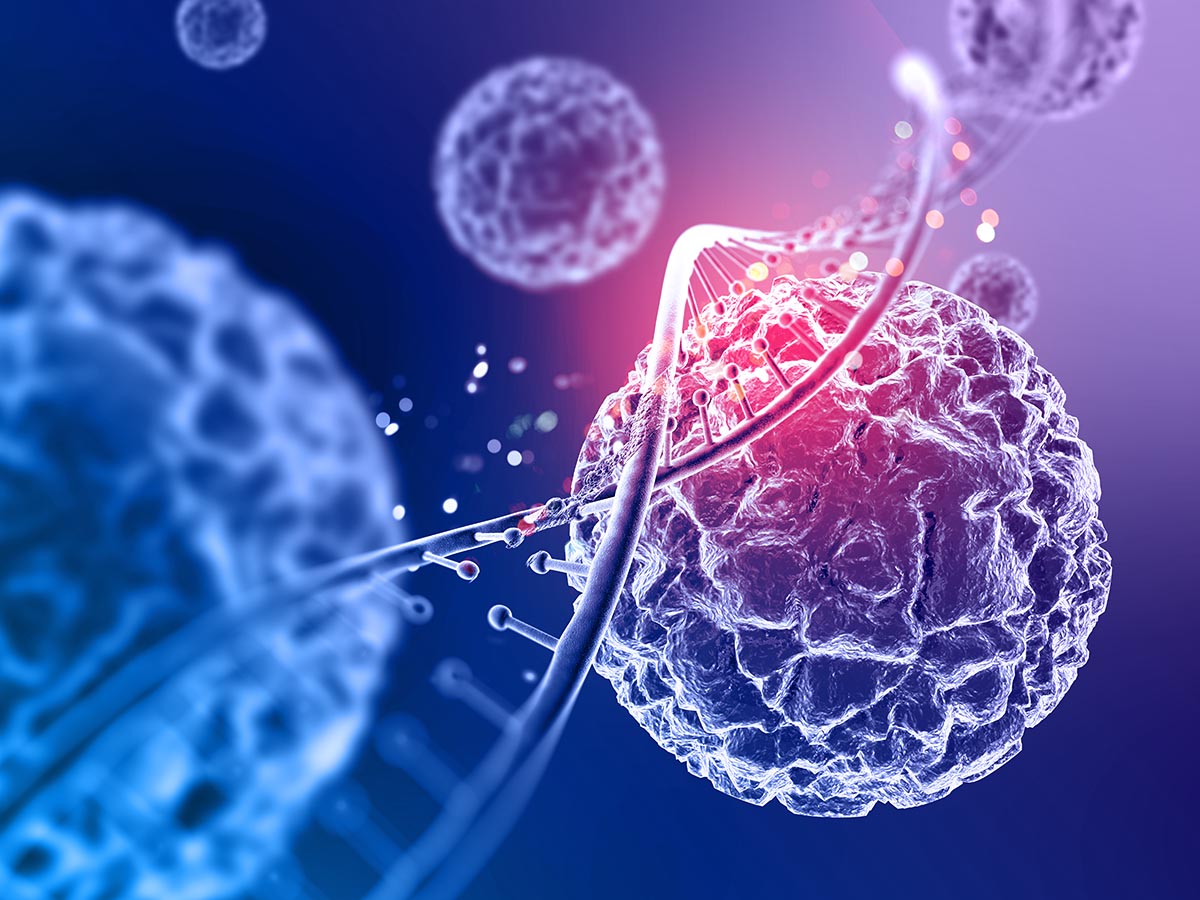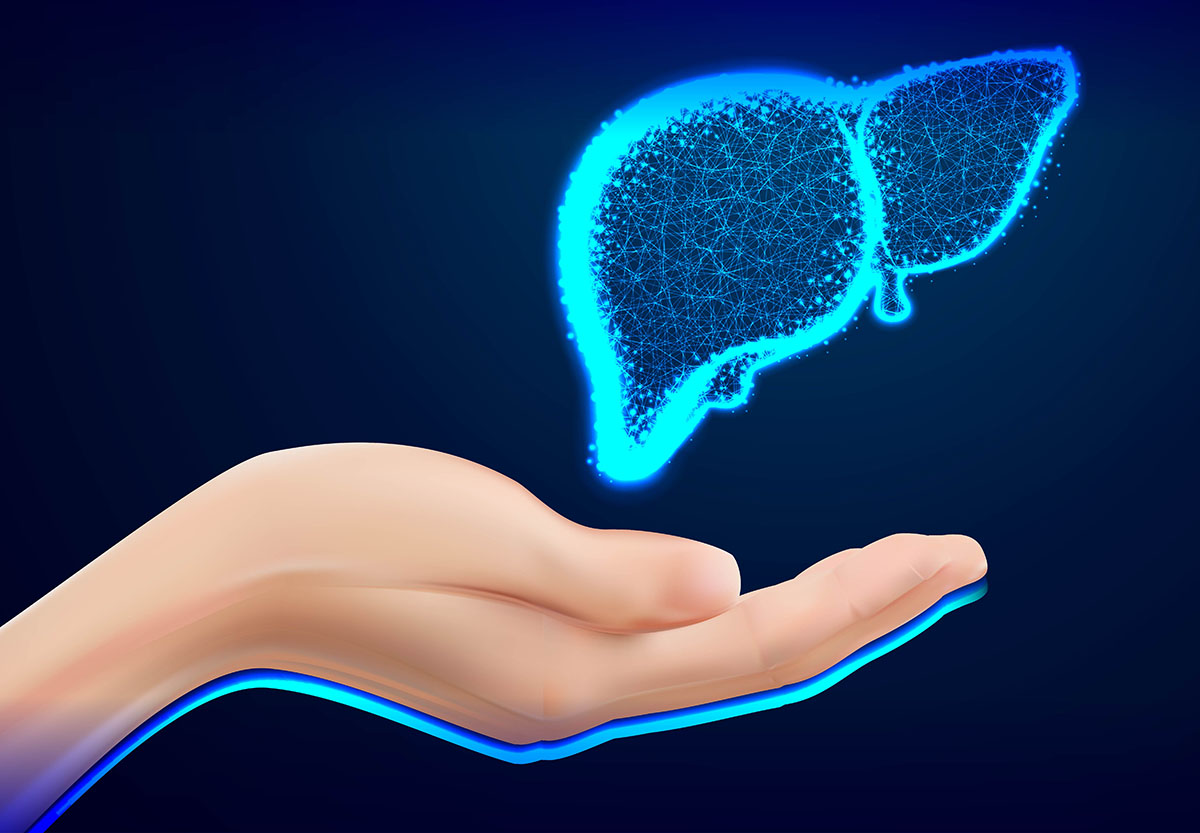Recently, the Bifunctional hepatitis B drug-LW 231, self-developed by Shanghai Longwood Biopharmaceuticals Co., LTD., has made positive progress in the phase I clinical study.

Hepatitis B virus (HBV) infection is a serious public health threat to human health, with up to 350-400 million people worldwide living with chronic hepatitis B (CHB). CHB can lead to liver cirrhosis. It is estimated that there are nearly 100 million people with CHB infection in China, mostly through placental transmission, and about 28 million people with liver that has developed inflammatory lesions, about 10 million patients in urgent need of treatment, of whom about 300,000-500,000 die each year from hepatitis, cirrhosis and liver cancer and other liver diseases related to HBV infection. HBV infection ranks first among the many factors causing liver cancer and is the direct cause of 80% of primary liver cancers worldwide. The risk of hepatitis B virus causing cancer is greater than that of smoking, excessive alcohol use, polluted water, depression, genetics and other causes combined. Therefore, a cure for hepatitis B would significantly reduce the incidence of liver cancer.
There is no complete cure for hepatitis B. Clinical treatment strategies for hepatitis B are divided into three endpoints: 1. Partial cure: HBV DNA in the patient's blood can be maintained at undetectable levels during antiviral therapy, but a sustained response after drug discontinuation cannot be obtained. 2. Ideal functional cure: disappearance of HBV DNA and HBsAg in the blood lasting after drug discontinuation; however, both indicators are positive in the liver. 3. Complete cure: all viral markers are negative in the blood and liver at the end of treatment and remain negative after discontinuation. Although the currently approved hepatitis B drugs can effectively suppress hepatitis B virus replication by inhibiting viral reverse transcriptase, and some drugs can achieve functional cure at a undetectable level, but still rebound after discontinuation of the drugs and fail to achieve the complete cure.

LW231 is a novel and highly effective hepatitis B capsid assembly modulator/cGAS-STING agonist which self-developed by LWBP, and is the world's first oral small molecule bifunctional hepatitis B drug entered the clinical stage. The drug effectively inhibits viral replication while activating the intracellular cGAS-STING innate immune system response and activating liver macrophages to clear HBV host hepatocytes, thus achieving a complete cure for hepatitis B.
Dr. Zhe Wang, founder of LWBP, said, "LW231 is a bifunctional hepatitis B drug that we have developed in-house and has demonstrated exciting potential for a complete cure for hepatitis B in the animal testing phase, and we believe that the encouraging early data from the first dosing patients in this clinical study shows that LW231 has the potential to be a complete cure for hepatitis B as a landmark drug. "